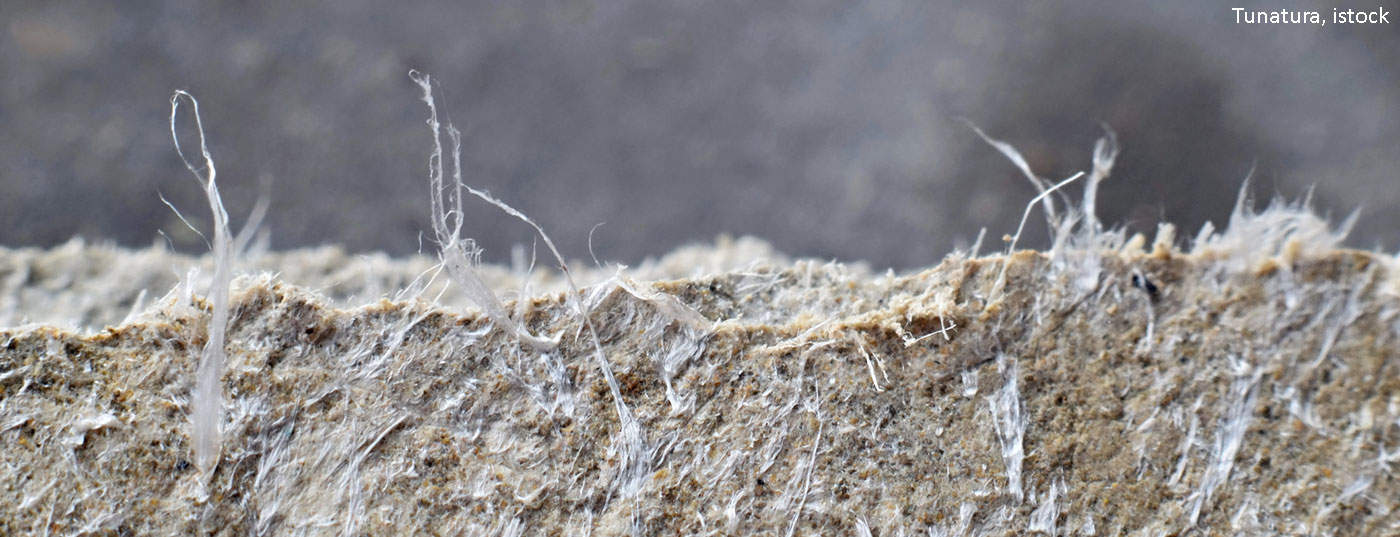The fact that pneumological diseases can be caused by work-related factors is often overlooked during the anamnesis in clinical and practical everyday life. Especially in the case of asbestos cancer, it has been assumed until now that plaques must always be detectable. A mistake, as study results now show.
Physicians from Bochum Pathology evaluated lung dust analyses from 2015 in comparison to exposure data (fiber year calculations) and radiology on lungs and pleura. The researchers merged 1038 data sets, 36 of which involved electron microscopy. Plaque status was known in 727 patients, and fiber-year calculations were available in 512. “None of this was very creative, but they wanted to see what data they had in the basement,” said Prof. Dennis Nowak, MD, Munich, about the Bochum study. However, to emphasize in the same breath that this typical case of a retrospective study nevertheless held some very interesting findings: On the one hand, at high cumulative occupational exposure above 25 fiber-years, one could see a correlatio of calculated fiber-years with quantitative asbestos body detection in lung tissue. At low levels of exposure, both low and high numbers of asbestos bodies occur in the tissue. Not only grade I asbestoses were found, but also grades II to IV at low single-digit fiber-year counts. Prof. Nowak found this very remarkable: “Now you can ask yourself whether even very little asbestos makes you asbestosis, or whether the fiber-year calculations are too low…”
The other finding of the analysis was that in half of the histologically confirmed asbestoses (n=47 vs. 48), even with complete evaluation of the radiologic findings and, if applicable. section results, no plaques were found. The expert concluded, therefore, that the commonly held notion that plaques are almost always detectable in asbestosis and that the absence of such plaques speaks against asbestos causing pulmonary fibrosis does not always seem to hold true according to these data. According to Prof. Nowak, the fact that in patients with less than 25 fiber years and no radiological evidence of asbestos dust-related lung or pleural changes, histological processing of lung tissue can often provide full evidence of asbestosis is reason to recommend BK recognition based on these findings.
Further reading:
- Feder IS, Theile A, Tannapfel A: Histological findings and lung dust analysis as the basis for occupational disease compensation in asbestos-related lung cancer in Germany. International Journal of Occupational Medicine and Environmental Health 2018; 31: 293-305.
InFo ONCOLOGY & HEMATOLOGY 2019; 7(6): 30











